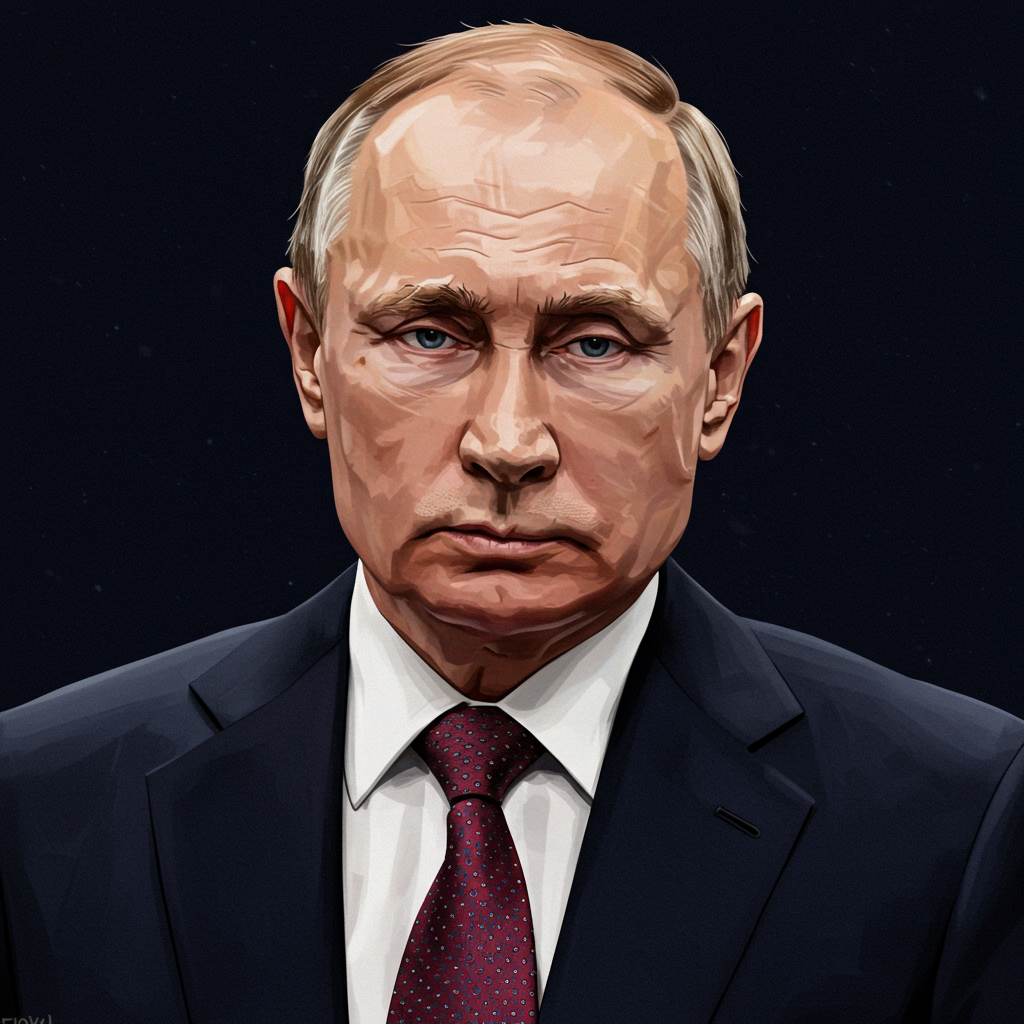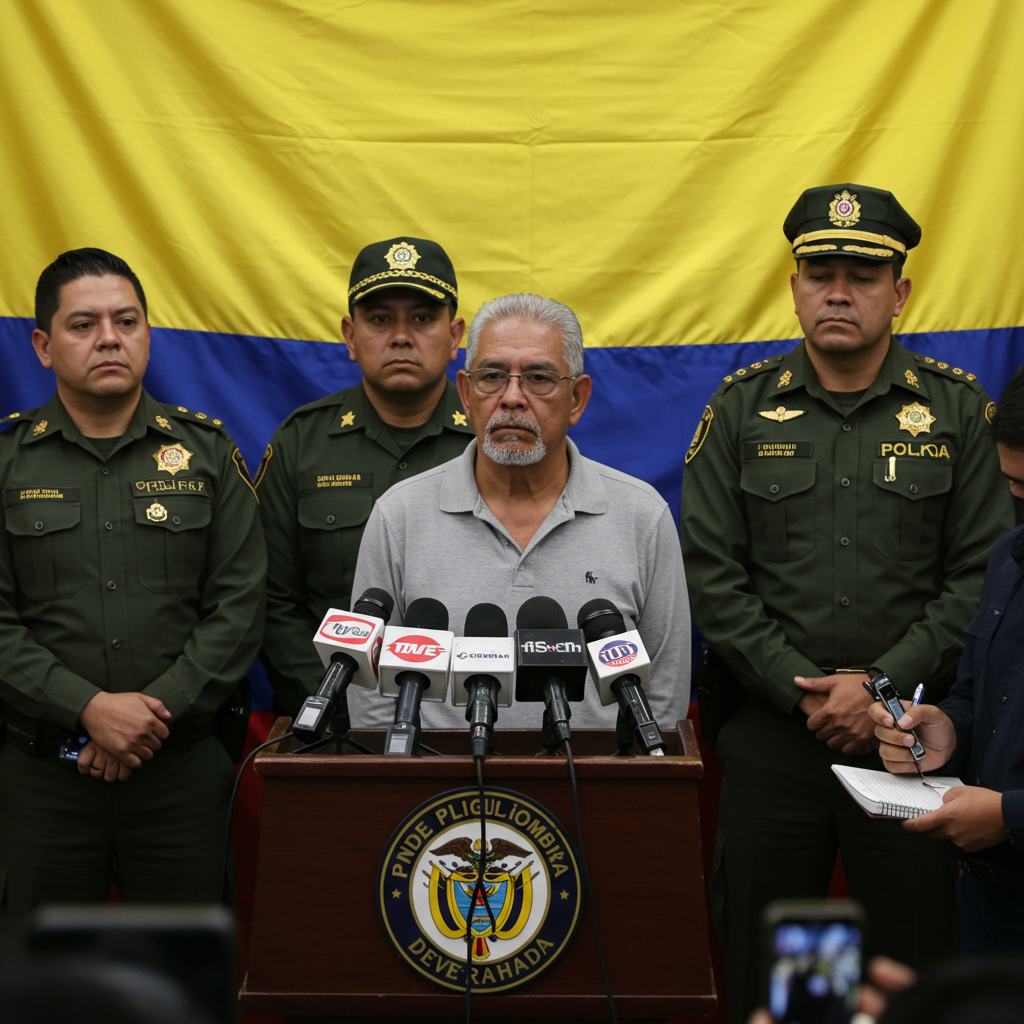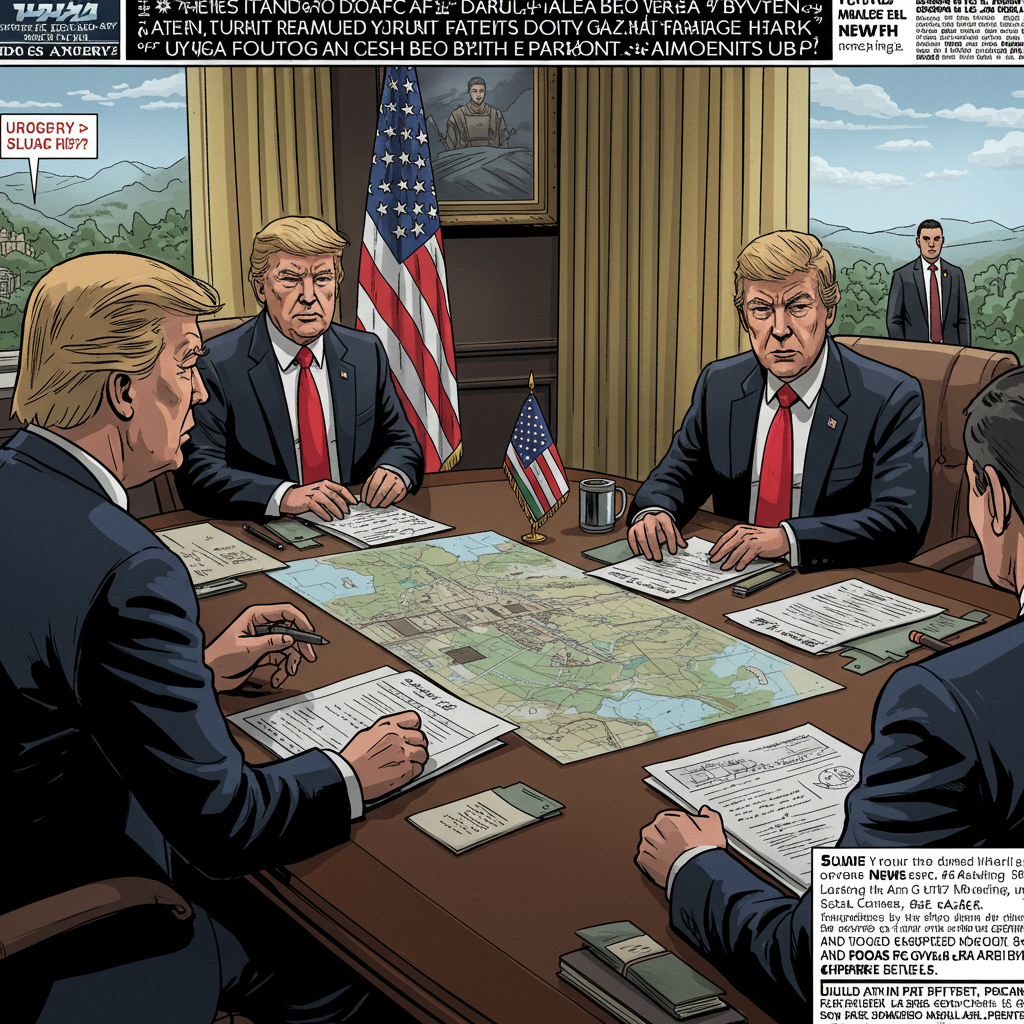The start of a recent week in Russia brought a dramatic and unexpected turn of events that sent ripples through the nation’s political circles. On a Monday morning, President Vladimir Putin made a swift decision to dismiss his transport minister, Roman Starovoit. Astonishingly, just hours later that same afternoon, Starovoit was found dead. His body was discovered in a park on the outskirts of Moscow, exhibiting a gunshot wound to the head. A pistol was reportedly found nearby.
Initial reports from investigators leaned towards a presumption that the former minister had tragically ended his own life. This sudden death, particularly its timing immediately following dismissal, sparked significant reactions and widespread speculation across Russian media outlets, highlighting the often opaque and unpredictable nature of power within the country’s hierarchy.
A Shocking Rarity in Modern Russian History
The scale of the shock within Russia was palpable in the media. The tabloid Moskovsky Komsomolets described the apparent suicide as an “almost unique occurrence in Russian history.” The paper noted that one would have to look back more than three decades, to the era before the collapse of the Soviet Union, to find a comparable incident involving a government minister taking their own life.
The last known instance cited occurred in August 1991. Following the failure of a hardline communist coup attempt, Boris Pugo, who served as the Soviet interior minister and was one of the coup’s leaders, reportedly shot himself. The parallel drawn by the Russian press underscored the historical weight and rarity of starovoit’s death within the context of post-Soviet politics.
Kremlin’s Limited Response and Mounting Speculation
The official reaction from the Kremlin to Roman Starovoit’s death remained notably subdued. When questioned by journalists during a conference call, President Putin’s spokesman, Dmitry Peskov, acknowledged the profound impact of the event.
Peskov stated that “Normal people cannot but be shocked by this,” admitting, “Of course, this shocked us, too.” However, he quickly pivoted, emphasizing that providing answers regarding the circumstances of the death was strictly the domain of the ongoing investigation. He pointedly remarked that while the investigation was underway, “one can only speculate,” adding that such speculation was “more for the media and political pundits. Not for us.” This stance from the Kremlin left many questions unanswered publicly.
The void left by the limited official commentary was rapidly filled with intense speculation in the Russian press. Several newspapers began linking Roman Starovoit’s fate to events that had transpired in the Kursk region, which shares a border with Ukraine. Before assuming the role of transport minister in May 2024, Starovoit had served for over five years as the governor of the Kursk region.
The Kursk Connection: Fortifications, Fraud, and Falling Out
During Roman Starovoit’s tenure as Kursk governor, significant government resources had been allocated to a major construction project. This involved building defensive fortifications intended to bolster security along the border with Ukraine. Despite the substantial investment under his leadership, these fortifications reportedly proved insufficient. Ukrainian forces managed to breach them and seize territory within the Kursk region the previous year.
The fallout from this defensive failure led to legal consequences for individuals associated with the project. Starovoit’s successor as governor, Alexei Smirnov, along with his former deputy, Alexei Dedov, were subsequently arrested. Both men were charged with large-scale fraud in connection with the construction of the border fortifications. The business daily Kommersant suggested in its coverage that Starovoit “may well have become one of the chief defendants in this case,” had he lived.
While Russian authorities have not publicly confirmed this potential link to a criminal investigation as the cause of Starovoit’s death, the suggestion hung heavy in the air of newsrooms. It raised profound questions about the pressures and potential consequences faced by high-ranking officials suspected of involvement in corruption or failed projects, especially those related to national security and border defense, a highly sensitive area given the ongoing conflict with Ukraine.
Adding another layer of regional context, state media recently highlighted the start of construction on the first road bridge connecting Russia and North Korea across the Tumen river, located near the border. This development, touted as a “significant” step in bilateral ties amidst sanctions, reportedly stems from agreements made during a 2024 Putin-Kim Jong Un meeting. Interestingly, North Korean sources have previously made claims, disputed by Ukraine, about their soldiers assisting in the “complete liberation” of Russia’s Kursk border region – the very area where Starovoit oversaw fortification work and where subsequent fraud charges were laid against his former subordinates. This highlights the region’s strategic importance and the complex web of domestic issues and international connections surrounding it.
Systemic Pressures and Historical Echoes
The possibility that fear of prosecution could drive a former federal minister to take his own life paints a stark picture of the current political climate in Russia. Experts weighed in on the potential implications of such an event.
Nina Khrushcheva, a Professor of International Affairs at The New School in New York, offered a pointed analysis, suggesting the tragedy reflected broader shifts within Russia’s system. “The most dramatic part of this, with all the re-Stalinisation that has been happening in Russia in recent years,” Khrushcheva observed, “is that a high-level government official [kills himself] because he has no other way of getting out of the system.”
Khrushcheva speculated that Starovoit “must have feared that he would receive tens of years in prison if he was going to be under investigation, and that his family would suffer tremendously.” She concluded that in such a scenario, “there’s no way out.” The severity of this perceived trap led her to draw a chilling historical parallel: “Immediately thought of Sergo Ordzhonikidze, one of Stalin’s ministers, who [killed himself] in 1937 because he felt there was no way out. When you start thinking of 1937 in today’s environment that gives you great pause.” This comparison to the height of Stalinist purges underscores the gravity with which some analysts view the current environment for elites who fall out of favor.
A Tale of Two Media Landscapes
While Roman Starovoit’s death grabbed headlines and fueled extensive discussion in Russian newspapers, its coverage on state television presented a striking contrast. State TV, which remains far more influential in shaping public opinion across Russia than print media, offered minimal reporting on the dramatic events.
This disparity in coverage is likely a deliberate strategy by the Kremlin, which understands the power of television and tends to be more cautious and controlled with the messaging it disseminates through this dominant medium. On the Monday evening following Starovoit’s death, the main news bulletin on the state-controlled channel Russia-1 dedicated a four-minute segment to President Putin appointing a new acting transport minister, Andrei Nikitin.
Significantly, this initial report made no mention whatsoever that the previous transport minister had been sacked or that he had been found dead. It wasn’t until approximately forty minutes later, near the conclusion of the sprawling news bulletin, that the anchorman briefly acknowledged Starovoit’s passing. The death was covered in a mere 18-second report. This limited and delayed reporting ensured that the vast majority of Russians who rely primarily on state television for their news would likely not perceive Monday’s dramatic events as a major or significant development.
The System’s Grip: A Warning to the Elite
For Russia’s political elite, however, the story is profoundly different. The sudden death of Roman Starovoit, particularly if linked to potential legal troubles stemming from his previous role, serves as a powerful and grim warning. Ministers, regional governors, and other high-ranking officials who operate within the current political system are likely to see Starovoit’s fate as a stark reminder of the inherent dangers and lack of safety nets should they fall foul of the Kremlin or become entangled in corruption scandals.
As Nina Khrushcheva starkly put it, “Unlike before, when you could get these jobs, get rich, get promoted from regional level to federal level, today, that is clearly not a career path if you want to stay alive.” She added with chilling finality, “There’s not only no upward mobility to start with, but even downward mobility ends with death.”
This event underscores the precarious position of those within the Russian power structure. It highlights the potential for severe consequences when expectations of loyalty, performance, or financial probity are perceived to have been violated. It serves as a potent symbol of the dangers that can emanate from the opaque and often unforgiving nature of the system itself, a reality also tragically underscored by the fate of critics like Alexei Navalny, who famously stated his belief that he would die in prison, another example of the system’s ultimate control over individuals who challenge or fail it.
Frequently Asked Questions
What exactly happened to former Russian Minister Roman Starovoit?
Roman Starovoit was sacked as Russia’s transport minister by President Vladimir Putin on a Monday morning. Later that same day, Starovoit was found dead in a Moscow park. Initial investigations presumed his death was a suicide, with a gunshot wound to the head. The event is considered historically rare for a Russian government minister.
Why is Roman Starovoit’s death considered a “warning” for Russia’s political elite?
The death is seen as a warning because of its timing (immediately after dismissal) and the speculation linking it to potential prosecution for large-scale fraud related to failed border fortifications he oversaw as governor of the Kursk region. Experts suggest it indicates a climate where high-ranking officials who face investigation or fall out of favor may feel trapped with “no way out” short of severe consequences, including potentially lengthy prison sentences or worse, highlighting the system’s unforgiving nature.
How did media coverage of Starovoit’s death differ within Russia?
Coverage differed significantly between print media and state television. Newspapers widely reported on the death, speculating on its causes and historical rarity. In contrast, state television, which is highly controlled by the Kremlin and the primary news source for most Russians, offered minimal coverage. A major state TV news bulletin initially omitted the death entirely, only mentioning it briefly (18 seconds) much later in the broadcast, suggesting a deliberate downplaying of the event’s significance for the general public while the political elite were acutely aware of it.
Conclusion
The sudden death of Roman Starovoit, following his abrupt dismissal, has become more than just a news story in Russia; it is widely interpreted as a symbolic event. While state media downplayed the incident for the general public, its impact on the political elite is profound. Linked by speculation to potential corruption charges from his time as Kursk governor, Starovoit’s fate serves as a chilling reminder of the high stakes and harsh realities faced by those within Russia’s power structure. Experts suggest it illustrates a system where falling from grace can have dire consequences, reinforcing the idea that for some, there may be no perceived escape from the system’s reach, echoing dark periods of Russian history. The event underscores the precariousness of positions within the elite and the powerful, unspoken warnings that govern behavior in the current political climate.



